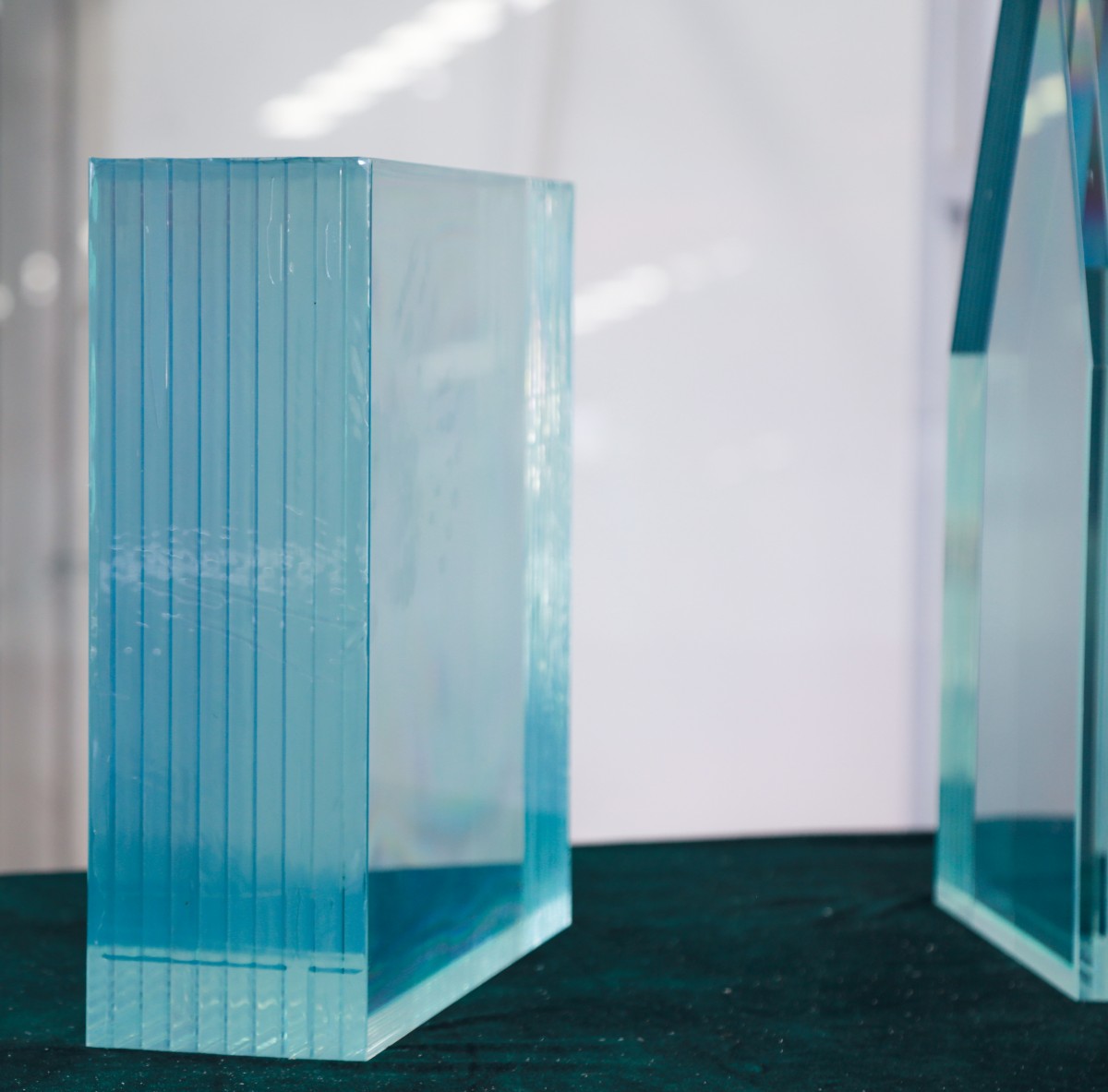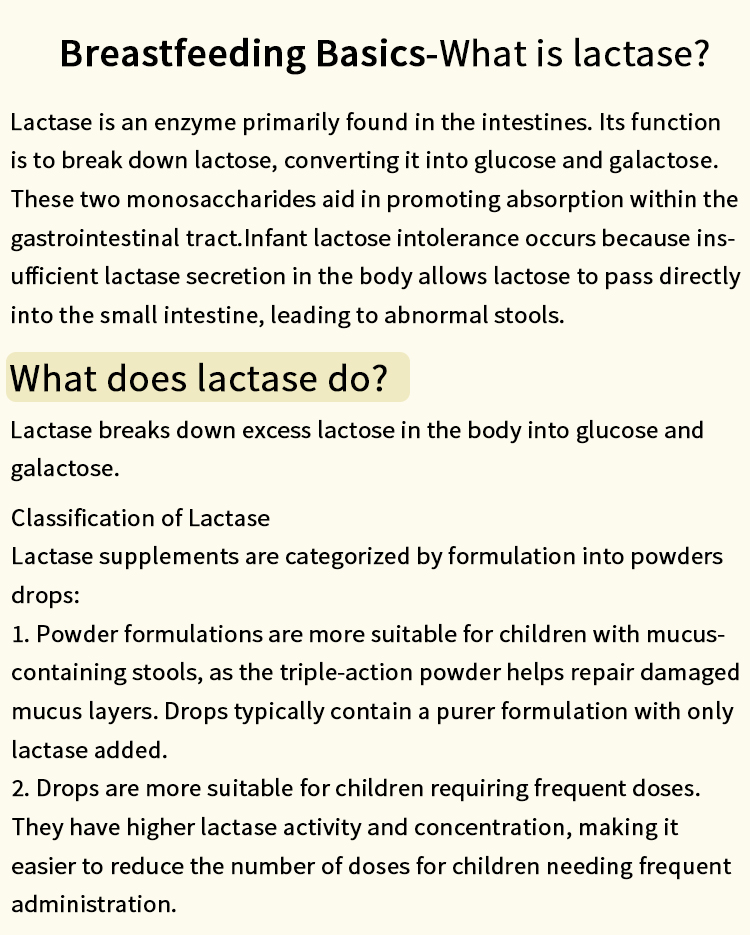When it comes to choosing the right flooring material for your home or commercial space, porcelain tile stands out as a popular option due to its durability, aesthetic appeal, and versatility. However, not all porcelain tiles are created equal. Understanding the differences between indoor and outdoor porcelain tiles is crucial for making informed design choices that meet both functional and aesthetic needs. This article delves into the key distinctions, helping you navigate the selection process with confidence.
Composition and Manufacturing Process
The primary difference between indoor and outdoor porcelain tiles lies in their composition and manufacturing process. Indoor porcelain tiles are typically made with a finer clay mixture and are fired at lower temperatures. This results in a denser, more refined tile that is ideal for interior applications. Conversely, outdoor porcelain tiles are manufactured using a coarser clay blend and are fired at higher temperatures, making them more robust and capable of withstanding harsh environmental conditions.
Durability and Resistance
One of the most significant factors to consider when choosing between indoor and outdoor porcelain tiles is their durability and resistance to various elements. Outdoor tiles are specifically designed to endure extreme weather conditions, including rain, snow, and UV exposure. They often feature a textured surface that provides slip resistance, making them safer for outdoor use. In contrast, indoor tiles, while still durable, may not have the same level of resistance to moisture and temperature fluctuations, making them less suitable for outdoor applications.
Surface Finish and Aesthetic Appeal
The aesthetic qualities of porcelain tiles can vary significantly between indoor and outdoor options. Indoor porcelain tiles often come in a wider range of colors, patterns, and finishes, including glossy and matte surfaces. This variety allows homeowners and designers to create unique and visually appealing spaces. Outdoor tiles, on the other hand, tend to focus on earthy tones and natural finishes that blend seamlessly with outdoor landscapes. The textured surfaces of outdoor tiles not only enhance their slip resistance but also contribute to a more rustic, natural look.
Water Absorption and Frost Resistance
Water absorption is another critical factor that differentiates indoor and outdoor porcelain tiles. Outdoor tiles are engineered to have a lower water absorption rate, typically below 0.5%, which prevents water from seeping into the tile and causing damage during freeze-thaw cycles. This characteristic is essential for maintaining the integrity of the tile in colder climates. Indoor tiles, while still water-resistant, may not have the same level of protection against moisture, making them less suitable for outdoor use.
Installation Considerations
When it comes to installation, the differences between indoor and outdoor porcelain tiles also come into play. Outdoor tiles often require a more robust substrate and specific installation techniques to ensure proper drainage and prevent pooling water. Additionally, the adhesive and grout used for outdoor applications must be suitable for exterior conditions. Indoor tiles, while generally easier to install, still require careful consideration of the substrate and environmental factors, such as humidity and temperature.
Cost Implications
Cost is always a consideration when selecting flooring materials. Generally, outdoor porcelain tiles may be more expensive than their indoor counterparts due to their specialized manufacturing processes and enhanced durability. However, investing in quality outdoor tiles can save money in the long run by reducing the need for replacements and repairs caused by weather-related damage.
Conclusion
In summary, the differences between indoor and outdoor porcelain tiles are significant and should not be overlooked when making flooring decisions. From composition and durability to aesthetic appeal and installation considerations, understanding these distinctions will empower you to choose the right tile for your specific needs. Whether you are designing a cozy indoor space or a stunning outdoor patio, selecting the appropriate porcelain tile will enhance the beauty and functionality of your environment. By investing time in understanding these differences, you can ensure that your flooring choice stands the test of time, both in style and performance.



